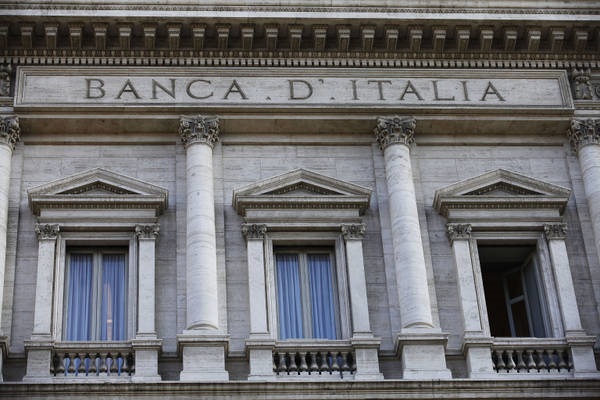Seen from Europe, the current Republican debate in the US looks completely incomprehensible. The presidential candidates, the debate, the press reports, everything seems to be taking place on an alien planet, somewhere in another galaxy. One would be tempted to define the situation, paraphrasing Darwin, as the “survival of the nastiest”.
Yet, there seems to be some method even in this madness. A recent paper by Iyengar and Westwood (commented in Deric Bownds’s blog) generated as small satori in my mind. There is indeed a (perverse) logic in the current US debate. To explain it, I have to start from my own personal experience of when, as a child, I understood two things: 1) that Santa Claus doesn’t exist and 2) that the Communists don’t really eat babies.
The second discovery had more important consequences than the first on my political views. When I found out that neither of the two factions dominating the political life in Italy was engaged in evil practices such as eating babies, then I started wondering what was all the fuss about. Why was Italy so sharply divided in two separated and incompatible political halves?
I never could find an answer; it was just the way things were. On the one side, there were the Christian Democrats, the whites, the churchgoers, on the other, the Communists, the reds, the anticlericals.
…click on the above link to read the rest of the article…




















